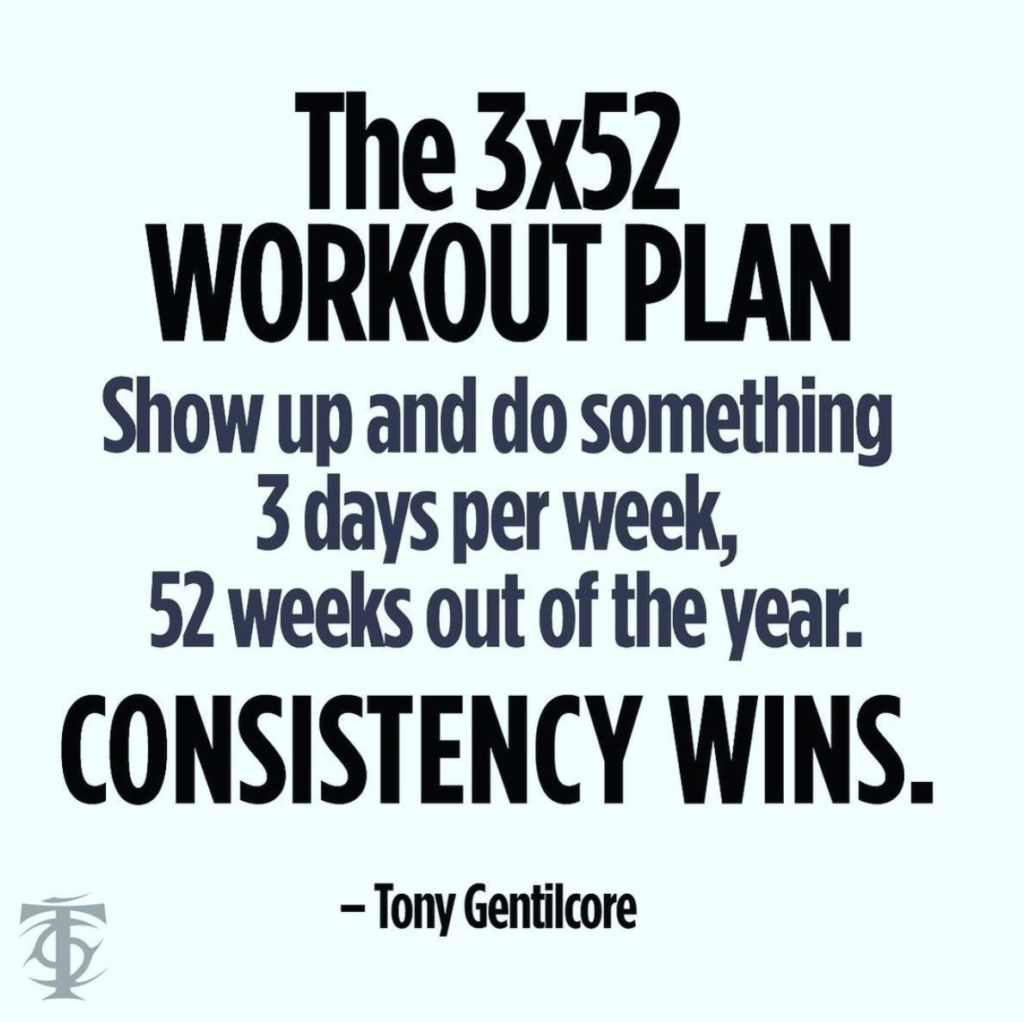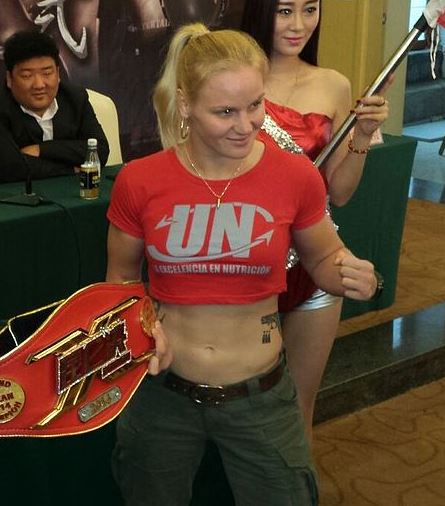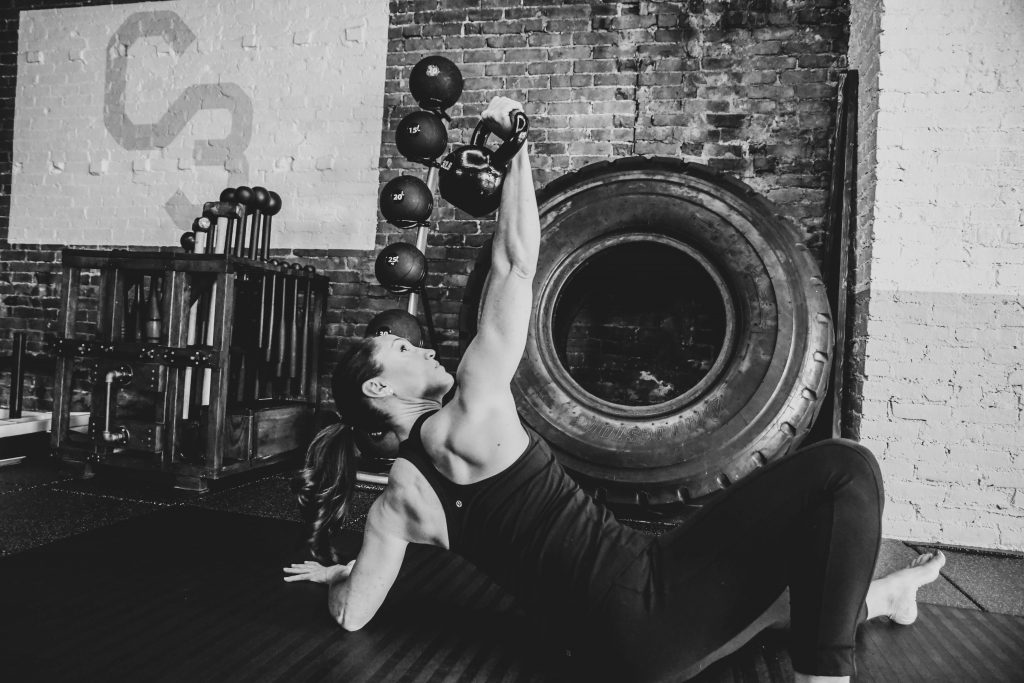HEADS UP: My newest and latest continuing education resource – Strategic Strength – is now officially available to make out with purchase. It’s on sale all this week at $50 off the regular price.
I hope you’ll check it out. (waves Jedi hand – you WILL check it out).
This is a story about a woman, her deadlifting journey, and how the words we use matter.
Unfortunately there are no dragons involved, but it’s a BALLER tale nonetheless.
It begins in 2019 (remember those carefree days!?!) and takes us all the way to a mere three weeks ago where a Colorado State Record was broken.
👇👇👇👇👇

The Words We Use Matter (again)
To serve as slight prelude, I’d be remiss not to point you in the direction of a blog post I wrote in early 2020 titled The Words We Use Matter.
In it I discuss the often negative connotation the words we use have on the psyche of our athletes/clients.
The best example is the initial assessment/evaluation.
Instead of using it as an opportunity to empower someone and to demonstrate to them what they CAN do, we’ll often use the assessment as an invitation to chop them down a peg or two and hone in on their faults thinking, mistakingly, that by doing so we’ll “woo” them into submission; that the only way they can be “fixed” is by purchasing a 24-pack of sessions.
It’s bullshit.
And we need to do better.
You can read the original post HERE.
It’s relevant because 1) I go into detail on what NOT to do during an assessment in Strategic Strength and 2) in hindsight the seed(s) of that article were very much planted a year prior, in 2019, at a fitness event I was involved in.
The quick backstory is that I was invited to Colorado Springs to record a webinar at NSCA Headquarters for their 2019 Virtual Personal Trainers Conference.
My presentation was on “Hip Assessment” and how fitness professionals should lean more into the idea of asymmetry (brief take: it won’t kill you) and that it behooves us to take time to better individualize one’s squat and deadlift set-up & execution.
I.e., little tweaks here in there with regards to foot position, stance, or even the variation can go a long ways in helping a lift not only feel better, but feel more stable and powerful too.
Part of my presentation involved taking someone in the audience through a real-time assessment in addition to a technique audit.
Here’s visual proof of the interaction:
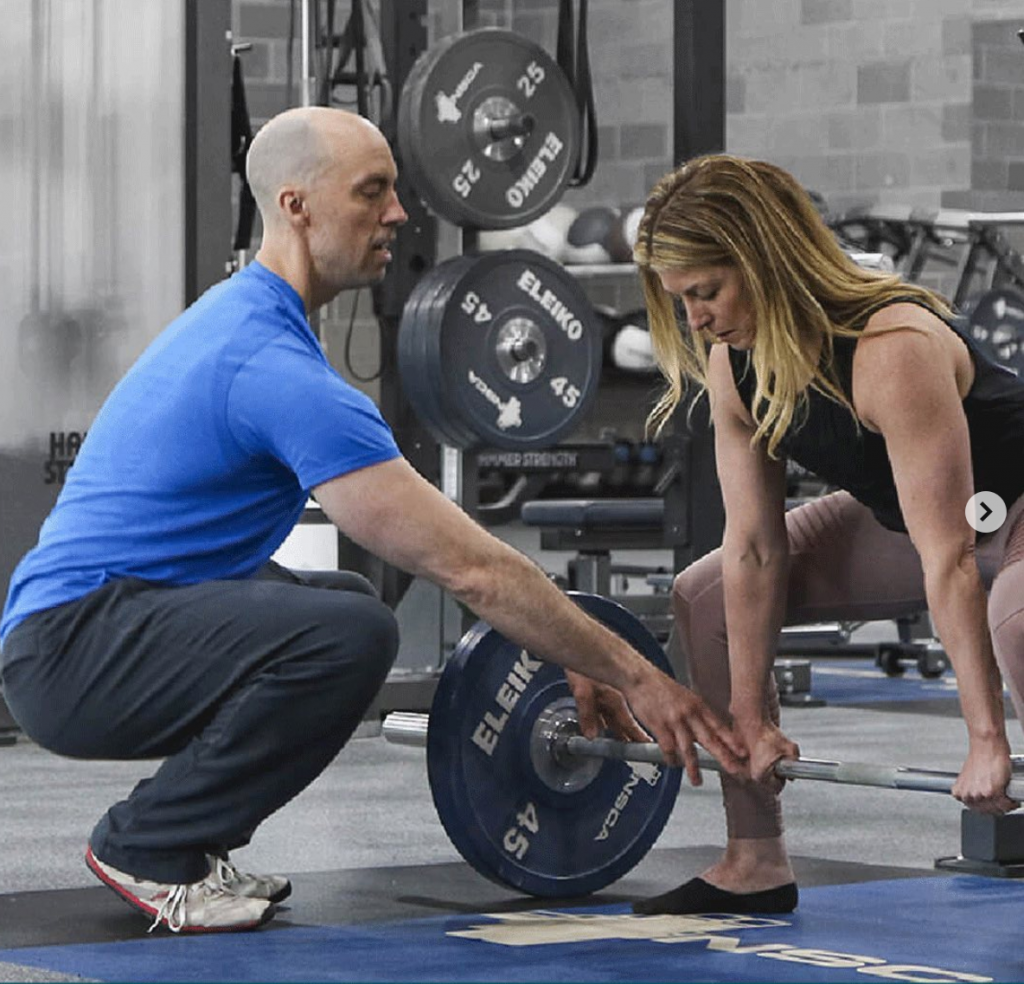
That’s me on the left and Jenny (Stein) on the right – you can check her out on IG HERE), a personal trainer located in Colorado Springs.
If I recall correctly, Jenny volunteered her deadlift because, according to her, “it had never felt great.” So I spent a solid 20-30 minutes taking Jenny through some shenanigans.
She had always performed her deadlifts with a conventional stance (feet closer together, hands just outside the knees) but it had always bothered her back.
So I widened her stance to a modified Sumo stance (pictured above) which allowed her to maintain a more upright torso and placed less shearing on her spine. I then got her to have a better appreciation of what it really feels like to ramp up full-body tension:
- Finding her hamstrings by experimenting with hip position (up, down, back, forth, BAM, okay, right there).
- Finding her lats: “squeeze an orange in your armpits.”
- Having her put more force INTO the ground by PUSHING away from the floor rather than pulling.
- Connecting the bar to the inner circle of the plates – “taking slack out of the bar.”
All these things helped her stay better engaged and helped her to maintain a neutral spine throughout each rep (no more back rounding).
Was she perfect?
No.
All I was after was “better.”
I kept things positive, focused on the “big rocks,” and tried my best to cement the things that were clicking with her at the moment.
(Another really brief digression: I go into MUCH more detail on ALL OF THE ABOVE in Strategic Strength. Hint, Hint Like, you get to SEE it for yourself).
In all, at the end of the live session, her deadlift felt and looked better, which was a win in my book.
Unbeknownst to me (at the time), during one of the breaks in filming, another male trainer in the audience approached Jenny to make some small talk. He asked her in passing if she had ever deadlifted before?
She said yes, but that she hadn’t a ton of experience.
His response:
“Yeah, those looked pretty shitty.”
What profound feedback!
Fucking asshat.
It was weeks later, when Jenny sent me a message thanking me for the coaching cues I gave her, that she told me about her exchange with the other trainer in attendance.
We had a chuckle about it, and shared a few eye rolls…
…but it made me wonder about this guy’s coaching style. Obviously I have no way of knowing for sure, but if he had such callous and insensitive commentary towards a complete stranger, wasn’t it safe to assume it was more of the same with his own clients as well?
Some people may respond positively to such feedback. In my experience, most would crumble.
(shrugs)
The words we use matter.
I mean, what if I had taken the same approach?
Let’s say we had a time machine and went back to my first interaction with Jenny and my initial feedback mirrored his (albeit with a bit more drama):
“OH MY GOD. MY EYES. MY EYES. THEY’RE BLEEDING. MAKE IT STOP. MAKE IT STOOOOOOOOOOOP.
Sorry Jenny, those looked really shitty. Also, your dog is ugly. Next.”
Chances are I’d have turned Jenny off completely and she never would have pursued training with deadlifts ever again.
Instead, This is What Happened
This is a message I received from Jenny in early 2020:
“Hey Tony!
I’m the girl from the NSCA with the “shitty deadlift.” I wanted to tell you that my ugly deadlift is now 335 pounds and I have entered my first powerlifting competition and may even grab a state record next year.
The time you spent with me that day last year sparked something and it may sound ridiculous, but I don’t know where I would be today without the magical creature called the deadlift. For some reason I felt compelled to share this with you today. What may have seemed ordinary and mundane to you completely changed my life.
Again, probably sounds over-dramatic but I truly mean it. You’re a gem. Keep doing what you do.”
Me:
But the story get’s way cooler.
Fast forward through a pandemic.
I received the following message from Jenny in 2021:
“Hi. This real ugly deadlifter now holds a Colorado state record!!!! I of course had to share with you.”
Jenny pulled a whopping 363 lbs and turned her “shitty” deadlift into a state record.
Fast forward another year (three weeks ago):
Jenny pulled 402 lbs in a recent state powerlifting competition, which I believe solidifies her as a bonafide deadlifting badass.
Way to get Jenny! (and fuck you lame trainer guy who probably couldn’t lift this much anyway):
View this post on Instagram





 ) and she’s a DIETICIAN!
) and she’s a DIETICIAN!









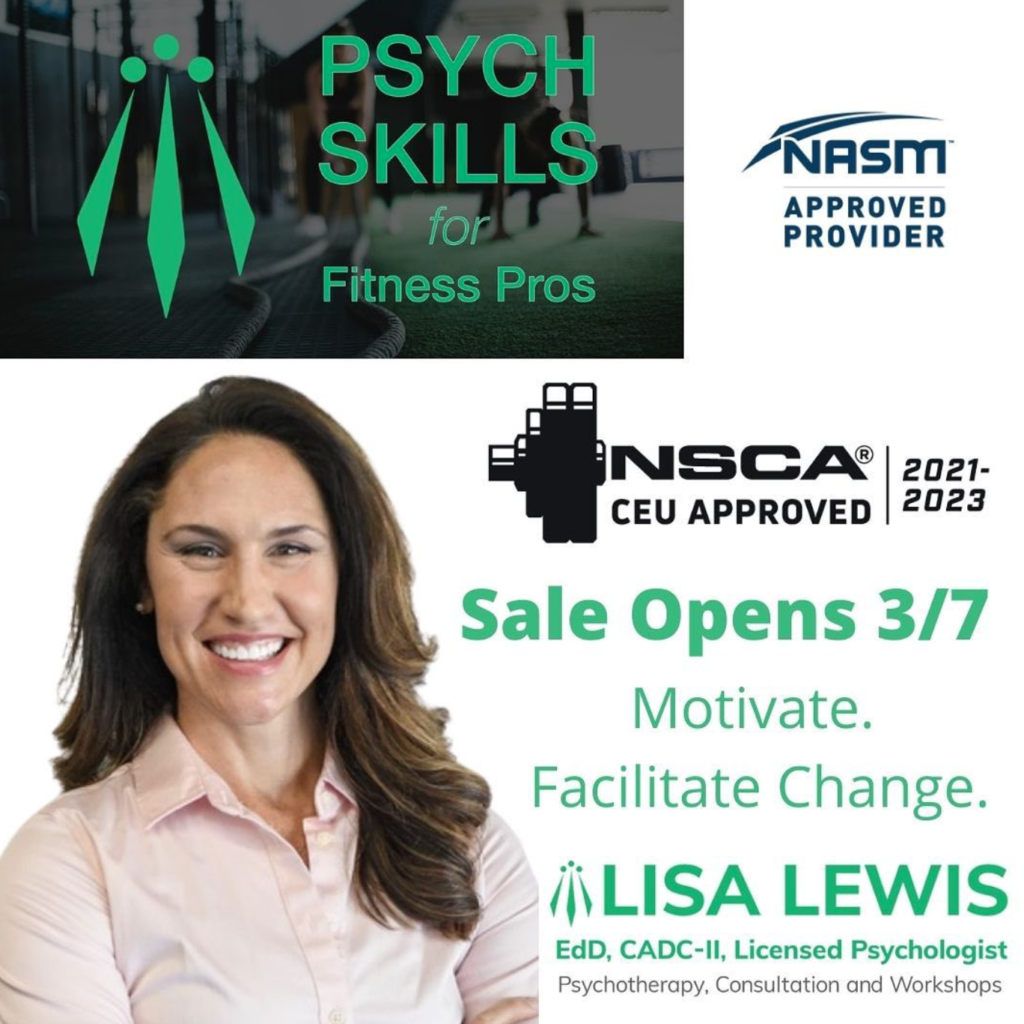


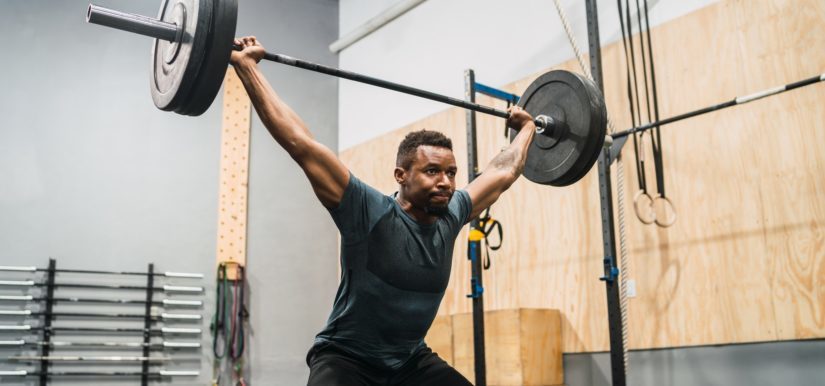








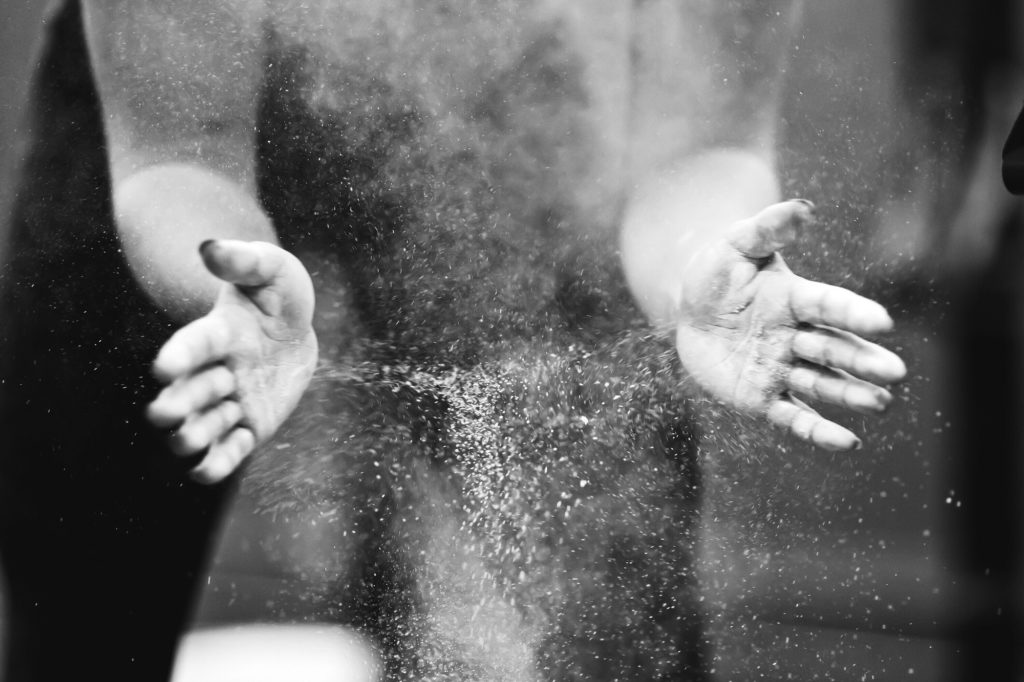

 Paul Levitin spent a decade as a personal trainer & strength and conditioning coach, becoming the number one trainer in his entire company, while collecting over 30 certificates (CES, CSCS, PRI, PN1, FRC, & many more).
Paul Levitin spent a decade as a personal trainer & strength and conditioning coach, becoming the number one trainer in his entire company, while collecting over 30 certificates (CES, CSCS, PRI, PN1, FRC, & many more).

